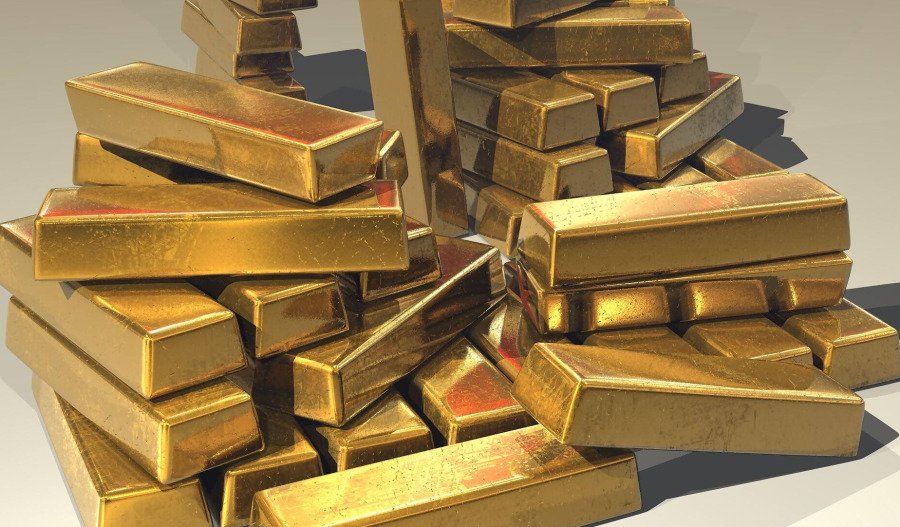Buoyed by its safe haven status amid geopolitical-induced share market volatility, and uncertainty around the U.S. Trump administration’s trade war, gold is on track to become Australia’s third-highest value export in 2026.
Now trading above US$3,100 an ounce, Australia’s export earnings from the precious yellow metal are expected to hit $56 billion next year, nudging metallurgical coal out of third place with around $40 billion in annual export earnings.
Also fuelling demand for the precious metal are plans by global central banks to diversify their reserves away from U.S. dollars.
According to key findings from 2025 data released by the World Gold Council (WGC), central banks are expected to increase official sector gold holdings in 2026.
Based on the WGC numbers, a record nine in 10 (95%) reserve managers expect central banks to continue increasing gold holdings in the next 12 months - up 17% on 2024 findings.
After eight years of conducting this survey, the WGC’s Shaokai Fan notes an important milestone this year with virtually half (43%) of the central bank respondents intending to increase their own gold holdings in the coming year.
“This is remarkable, especially considering how many record-high prices we’ve hit so far in 2025,” said Fan.
“Notably, this reflects the current global financial and geopolitical environments. Gold remains a strategic asset as the world faces uncertainty and tumult. Central banks are concerned about interest rates, inflation, and instability – all reasons to turn to gold to mitigate risk.”
Risk is also a key factor driving central banks worldwide to increase gold holdings.
Due to concerns about the Trump administration's trade policies and the U.S. debt crisis, global investors have been unwinding dollar holdings to mitigate potential sovereign credit risks.
Based on WGC data, central banks worldwide have increased their gold reserves by over 1,000 mt each year for the past three years.
This represents a significant increase compared to the average annual increase of 400 to 500 mt in the previous decade.
Here in Australia, a surge in the gold price has ignited a spate of mining takeovers.
Recent M&A activity includes:
Ramelius Resources’ $2.4 billion bid for Spartan Resources, Johannesburg-listed Gold Fields acquisition of its joint venture partner. Gold Road Resources for $3.7 billion, Genesis Minerals’ $250 million takeover of Focus Minerals’ Laverton gold project. Northern Star’s $6 billion buyout of De Grey Mining.
The recent gold price rally has also led to a resurgence of smaller producers reopening previously uneconomic gold fields.
Meanwhile, according to the federal government report a rise in gold exports is offsetting weaker revenues for Australia’s two largest exports, iron ore and LNG respectively.
Based on forecasts from the federal government’s Department of Industry, Science and Resources' June quarterly resources and energy report, earnings from iron ore - which accounts for a quarter of Australia’s resource and energy exports - will fall by $11 billion to $105 billion in the next 12 months.
Contributing to falling revenue from iron ore is the falling price (to below US$100/tonne) due to declining steel production in China.
Australia’s export earnings from LNG are also expected to decline by at least $6 billion to $60 billion in the next financial year due to excess global supply.



